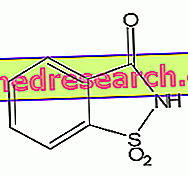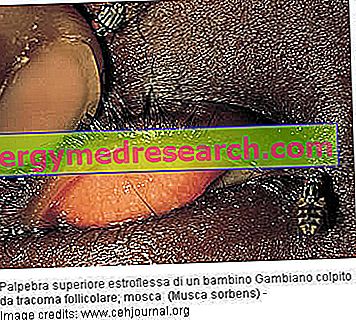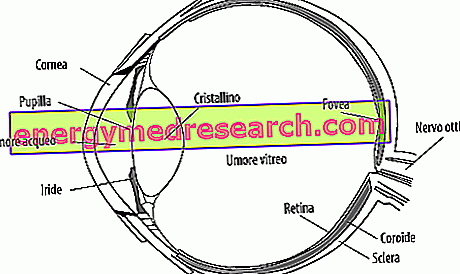Characteristics and use as a sweetener
The name saccharin comes from the Latin "Saccharum" which means sugar.
Commercially it is available in three forms: saccarinic acid, sodium saccharin and calcium saccharin. As a pioneer of alternative sweeteners, saccharin has undoubtedly had a troubled history, but it is the only synthetic sweetener that has been used throughout the world for more than a century.

Acid saccharin exists as a white crystalline powder; it is a moderately strong acid and slightly soluble in water. However, given the high sweetening power (200-600 times higher than that of sucrose), the slight solubility is however sufficient to justify its use as a sweetener.
There are three forms of saccharin on the market, such as acid, sodium salt and calcium salt. The most used form is that of sodium salt, due to the greater stability and solubility (500 times higher than the acid at 20 ° C). More rarely, calcium salt is used, particularly by those on a low-sodium diet.
BINARY MIXTURES OF SACCARINA E: | EFFECT ON THE POWER SWEETENER |
Aspartame | synergetic |
Acesulfame K | Additive |
cyclamate | synergetic |
Sucralose | synergetic |
ALITAME | synergetic |
Sucrose | synergetic |
Fructose | synergetic |
Saccharin and its salts do not show any detectable decomposition, even for very long periods; another big advantage is the high stability in a wide pH range, so their taste is not altered nor the modified sweetness. To get an idea of its stability, saccharin is stable in buffer solutions at pH 3.3 to 8.0 after one hour at 150 ° C. Only in extreme conditions of pH and temperature it decomposes into 2-sulfobenzoic acid and 2-sulfamoylbenzoic acid.
Saccharin and its salts can be used in a wide variety of foods, beverages, cosmetics and pharmaceuticals, as non-caloric, safe and cheap sweeteners. In the food industry it is added to soft drinks, fruit juices, chewing gum, jellies, jams, decorations, sauces and processed fruit-based condiments; in the dietary one it is part of the composition of sweeteners in the form of tablets, powders or liquids. However, it has a bitter-metallic aftertaste, especially at high concentrations.
Safety of use and side effects
Saccharin is not metabolised by the human body; no products deriving from its metabolism were ever found, even in small traces or in any case detectable with modern analytical techniques. Once taken, it is rapidly absorbed (about 90%) and as such is excreted in the urine without being metabolized. It does not affect glycemic levels and provides no energy to the body; it is therefore indicated as a sweetener in low-calorie and diabetic diets. It also does not promote dental caries.
Saccharin has been the subject of long debates. Although all the available studies demonstrate its safety at the usual consumption doses, many doubts have been raised about its toxicity. The controversies are linked above all to some researches that have shown the correlation with bladder cancer in male rats treated with high doses of sodium saccharin. However, extensive studies in humans have shown that there is no correlation between bladder cancer and saccharin intake (at the usual consumption levels).
In 1977 the FDA banned saccharin on the basis of studies conducted on rats; this position was subsequently revised in the nineties by appropriate global health protection commissions, so that today saccharin has been fully reconsidered among the sweeteners. Prudence in pregnancy due to its ability to cross the placenta.



